The final night of Edinburgh's original tram system: 60 years on
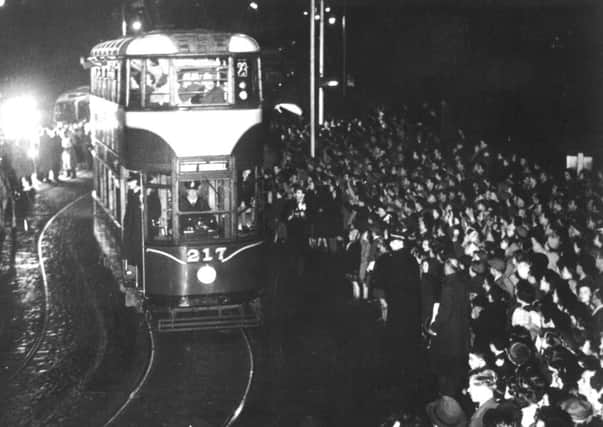

Sixty years ago this evening, thousands turned out to wave an emotional goodbye to the city’s original tram system before it was scrapped for good.
Trams had been falling out of favour across Britain since the end of the Second World War. Cities were expanding, and the rail-and-wire-bound trams of yesteryear could not compete with the flexibility and cost-effectiveness of the modern motor bus. Municipal tramways up and down the country faced the heavy axe of progress.
Advertisement
Hide AdAdvertisement
Hide AdThe decision to decommission Edinburgh’s tram network arose in 1952, its 47 miles taking just four years to dismantle.
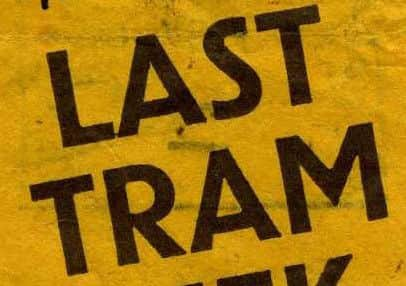

In the last week, a special service painted handsomely in white and gold livery was laid on to tour what was left of the old network.
All ordinary tram passengers were issued with a bright yellow “Last Tram Week” ticket; a masterstroke by Edinburgh Corporation which did a “roaring trade” in the final seven days. The last hurrah arrived on Friday, November 16; a suitably cold, grey and miserable day. That evening, a procession of tramcars made its way from the Braids terminus to Shrubhill depot, taking in much of the original 1871 route. Ten trams were laid on due to the demand – one car containing the very city councillors who had consigned the trams to the history books in the first place.
It seemed that the entire city was out in force that night; throngs of people lined the pavements and eager spectators hung out of tenement windows to catch a glimpse of the historic procession.
Motor cars and buses added to the atmosphere by tooting their horns.
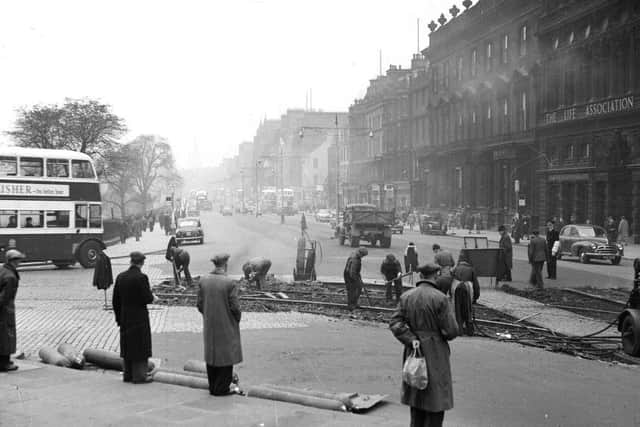

At the Mound and Hanover Street, an enormous crowd reaching 60 or 70 yards up the road gathered to wave goodbye to the last cars.
Police, mounted and on foot, kept the mass of spectators from pressing against the vehicles. Souvenir-hungry “boys and youths” armed with screwdrivers were reported aboard the final convoy, keen to secure their own little bit of history from the inside of the cabins.
Alastair Byres, a schoolboy at the time, was among the lucky passengers on the final evening. He recalls: “The reaction on that last night was like footballers with the cup on an open-top bus – there was an amazing number of people.”
Advertisement
Hide AdAdvertisement
Hide AdThe night has also lived long in the memory for 76-year-old Nick Carlin: “I was a teenage apprentice working at the galleries on the Mound, hanging pictures and carrying out floor repairs for J&T Scott.
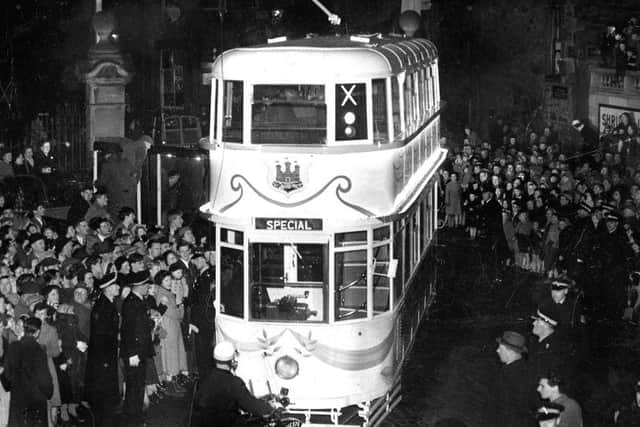

“The night of the last trams, I made my way up on to the roof of the RSA and sat on Queen Victoria’s lap – possibly the best view in Edinburgh, if not the coldest!
“I don’t recall much fanfare, but it was definitely very emotional.”
June Farwell, 69, watched from Elm Row and recalls her father placing a coin on the rails: “I remember it being very dark and seeing lots of people out with their children. It was quite an emotional event for the older generation who had grown up with the trams.
“What sticks out for me is my dad placing a penny on the rails for the tram to run over. Lots of people were doing this as a kind of keepsake.
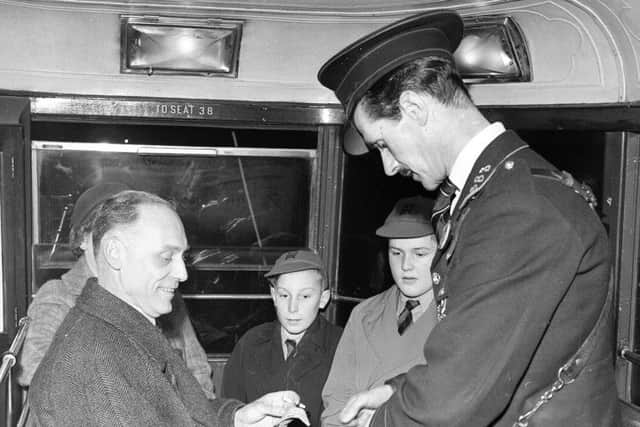

“The old trams were a bit shoogly, very noisy. I didn’t miss them really since most of the old routes were replaced with buses, it wasn’t too bad.”
And speaking to the Evening News in 2006, Robert Dalrymple, then 73, recalled: “I was a tram driver and part of the final convoy. There was a lot of excitement, and everyone was in a good mood.
“My conductor was busy trying to sell everything on the tram as mementoes – the straps you held on to for example. I think he would have sold the tram if he could.
Advertisement
Hide AdAdvertisement
Hide Ad“It was quite a nostalgic day, but as drivers we were looking forward to the buses.”
Regardless of whether you lamented their passing or were glad to see them vanish, it was certainly the end of an era.
From the earliest horse-drawn trams and cable cars of the turn of the century, to the electric system implemented in the 1920s, tramcars had been present in the Capital, in one form or another, for generations.


Eighty-five years of municipal tram history, which at its height had carried around 200 million passengers a year on routes covering Corstorphine to Levenhall, and just about everywhere in between, had been consigned for good to the great catenary wire in the sky... or so we all thought.